Last updated: September 15, 2021
Article
People of Lake Clark
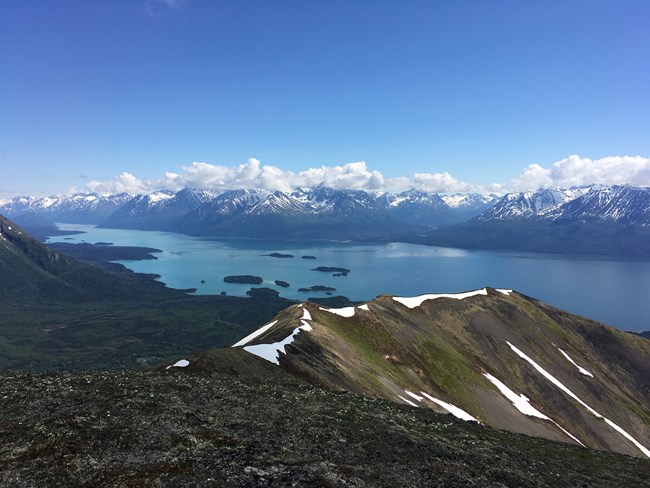
NPS Photo/E. Kramer
Dena’ina Homeland
The Dena’ina Athabascan people have lived in the Lake Clark region for thousands of years. Before this area was part of Lake Clark National Park, it was called Qizhjeh Vena meaning 'a place where people gather lake' in the Dena’ina language. Qizhjeh Vena (Lake Clark) is the ancestral homeland of the Dena’ina people. The land and water continue to support, shape, and sustain the Dena'ina culture.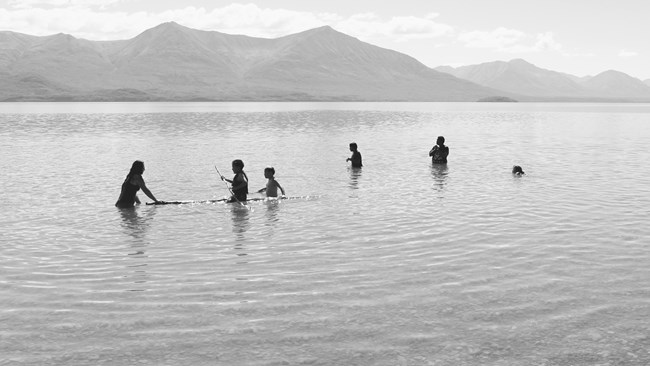
NPS Photo
A Bustling Village
For nearly 900 years, Kijik was one of Alaska’s longest year-round native villages. Kijik is the English adaptation of Qizhjeh, which means 'place where people gather' in the Dena'ina language. People traveled between Qizhjeh and surrounding villages along well-established routes to trade and connect with each other. In the late 1800s explorers, trappers, traders, and cabin builders came to the areas around Qizhjeh. With outsiders came spread of disease. Residents of Qizhjeh fell sick with a flu-measles epidemic in 1902. Many residents died. By 1909, survivors left Qizhjeh for other villages including Old Nondalton. This area still holds great cultural importance to local Dena'ina people.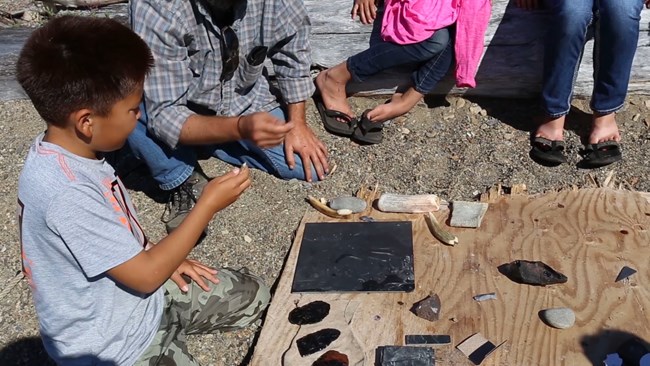
NPS Photo
Travelers on the Coast
Ancestral trails and travel corridors branched out from Qizhjeh to the north, west, and east. The trails to the east went to the Cook Inlet coast, where both the Dena’ina and the Alutiiq people (a group of maritime people, originating in the Kodiak archipelago), travelled and traded. For at least 3500 years trails and small settlements along the coast have been used for hunting, fishing and trading. Those who passed by left their mark on the landscape. Materials, such as stone tools, as old as 10,000 years have been discovered in some of these sites.
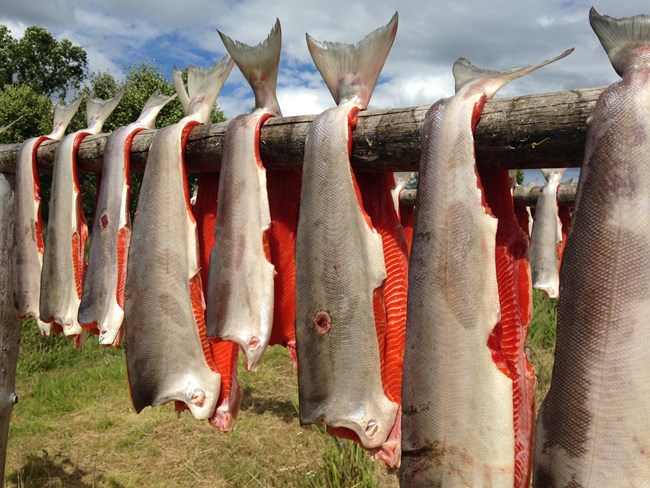
NPS Photo/L. Rupp
Subsistence
The Dena’ina people still depend on hunting, fishing, and gathering to put food on the table. In Alaska, this is called subsistence. Access and knowledge to get wild foods means food security. These communities are not connected to Alaska’s road system. People must use what is available in this remote place. For Dena’ina people, passing on the traditional values of living off the land means the survival of their culture. Traditional values include sustaining (never taking more than is needed) and respect for the natural environment. For thousands of years sockeye salmon have been important for food and survival. Today, many local residents, not just Dena’ina people are connected to the fish and wildlife through subsistence practices.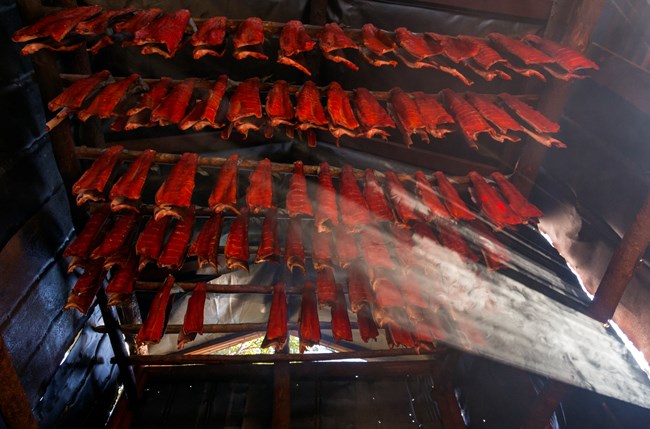
NPS Photo/T. Vaughn
Continuing Traditions
Despite extreme changes to land ownership and technologies, the Dena’ina people remain connected to their traditional lands. Many of the people whose ancestors lived in Qizhjeh continue to live in villages within and around the park. For many generations, the Dena’ina people have passed down the values and techniques to carry on their culture and way of life.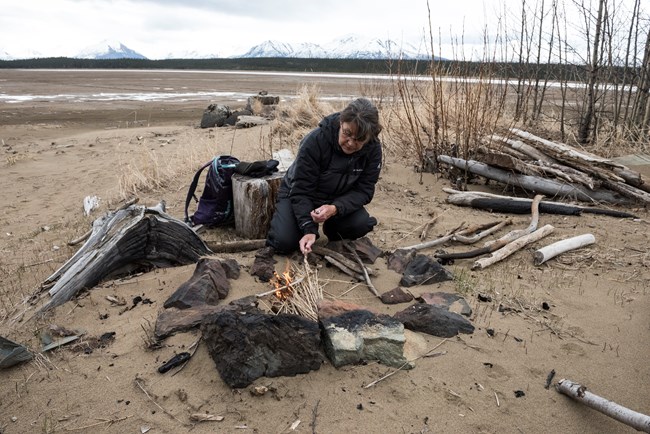
Photo Courtesy D. Dharm Khalsa
Place Names
Places in Lake Clark National Park and Preserve have different meanings to many people. Most places in Lake Clark have Dena’ina place names that predated any other names assigned to them. Original place names tell the story of the Dena’ina people’s relationship to that place and remind us that people have been part of this place for a long time. The Dena’ina give names to places to better remember them, to help document what they find or events that once happened there. Traditionally, the names were part of the maps people held in their memories that that helped with travel and finding places.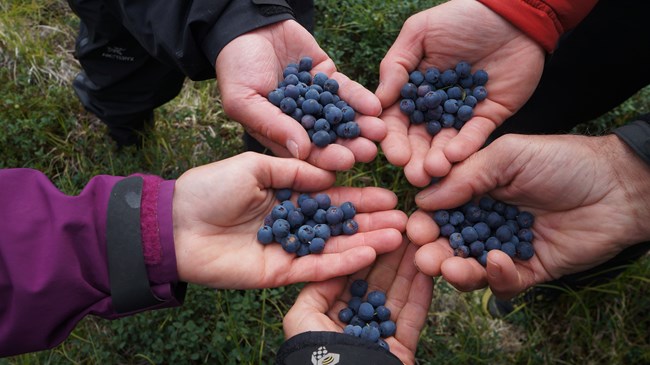
NPS Photo/B. King
Chayi ch’k’edlesht ‘where we cooked tea’
Dilah Vena ‘fish swim in lake’
(Telaquana Lake)
K’qineyaht ‘where they pick berries’
(Pile Hill in Pedro Bay)
